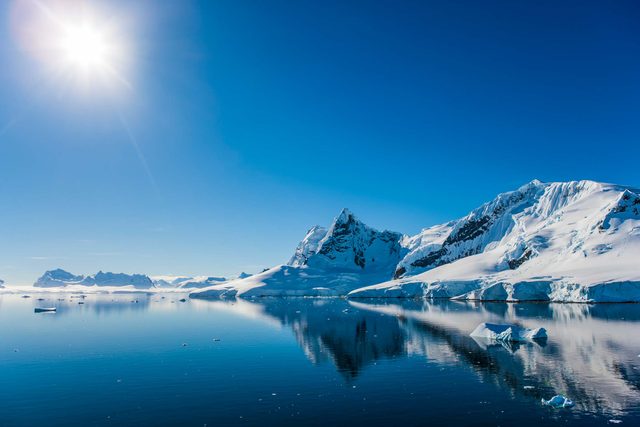
The least rainy place on earth isn’t in the desert
It may be covered with ice, but Antarctica gets only 6.5 inches of rain or snow per year, making it the continent with the lowest annual rainfall by far. On the other end of the spectrum, Lloro, Colombia, absorbs more than 500 inches of rainfall per year. North America is relatively dry by comparison, collecting 256 inches of rain annually. Find out some old wives’ tales about weather that just aren’t true. Oh, and if you’ve ever wondered, here’s why you can “smell” snow.
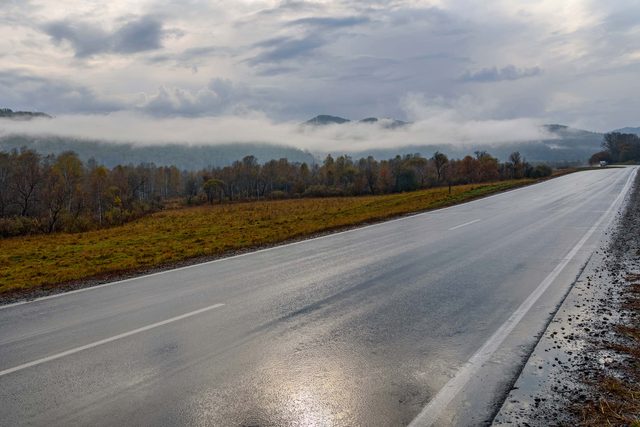
Rain doesn’t always make the ground wet
In dry, hot places, rain sometimes evaporates before it hits the ground. Environmentalist Edward Abbey describes “phantom rain” this way: “You see curtains of rain dangling in the sky while the living things wither below for want of water. Torture by tantalizing, hope without fulfillment. Then the clouds dissipate into nothingness.”
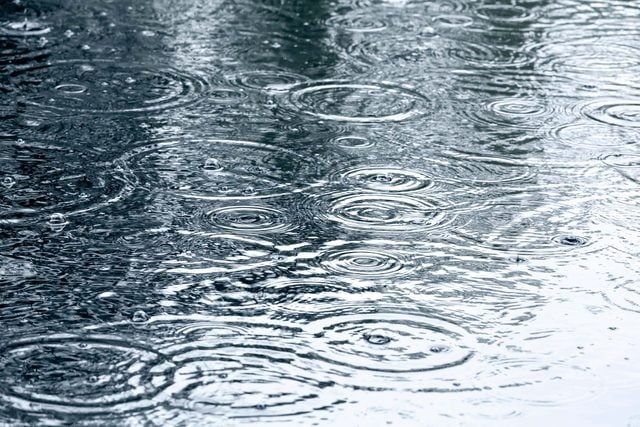
Not all raindrops are made of water
On Venus, and other moons and planets, rain is made of sulfuric acid or methane. Even stranger: On a planet 5,000 light years away, scientists found raindrops made of iron rather than water. For more watery wisdom, check out these facts you never knew about Earth’s oceans.

There’s a scientifically proven way to get less wet in the rain
Run! As Henry Reich, the brains behind the YouTube Channel MinutePhysics, explains, the faster you get out of the rain, the drier you’ll be, regardless of the additional raindrops you run into. And if you’re looking for something to keep you dry, here are the best umbrellas for a rainy day.
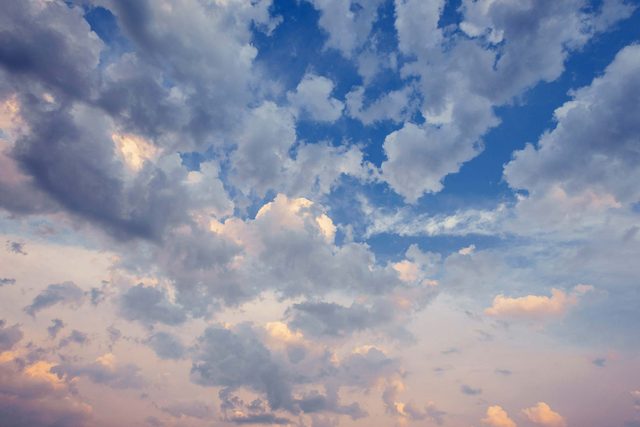
The shape and color of clouds can help you predict rain
Generally speaking, if you see a cumulonimbus cloud (a tall, puffy cloud that looks flat at the top), or a nimbostratus cloud (a flat low-level gray cloud), you can be fairly certain that rain is in the 24-hour forecast. Find out more ways to predict the weather just by looking at the clouds.

There’s a reason you love the smell of rain
Water doesn’t smell like anything, so why does rain produce a pleasant aroma after it falls? Well, it’s because of a molecule, called geosmin, created by soil-dwelling bacteria. When rain falls, it creates air pockets, which contain small amounts of geosmin. The rain traps and then releases these air pockets, dispersing geosmin into the air, where it’s free to travel to human sniffers. The smell of rain even has a name: “Petrichor.” Learn some surprising facts you never knew about lightning, too.
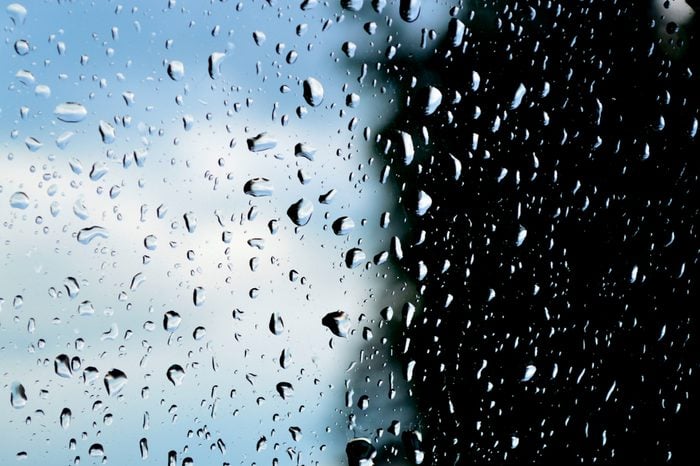
It’s not actually “drop”-shaped
The “raindrop” designation is actually a misnomer, since scientists have concluded that rain is not actually shaped like a teardrop. When water molecules condense and bind together in the atmosphere before falling, they form a more-or-less spherical shape. As they fall, they encounter air pressure, flattening the bottom of the drops, so that they end up taking on a shape more like a hamburger bun.

The United States record for 24-hour rainfall was just broken
In a single day in July 1979, Tropical Storm Claudette dropped a whopping 43 inches of rain on a small Texas town called Alvin. Alvin, which is just south of Houston, held the record for the most rainfall in the United States in 24 hours—until 2018. In April of that year, a rain gauge in the Hawaiian town of Hanalei recorded 49.69 inches of rainfall in one day.

Rain is money
In the African nation of Botswana, the currency is the Botswanan pula. The word “pula,” though, also means “rain,” and its use as the name of the primary currency demonstrates just how rare and precious rain is in this sub-Saharan country.
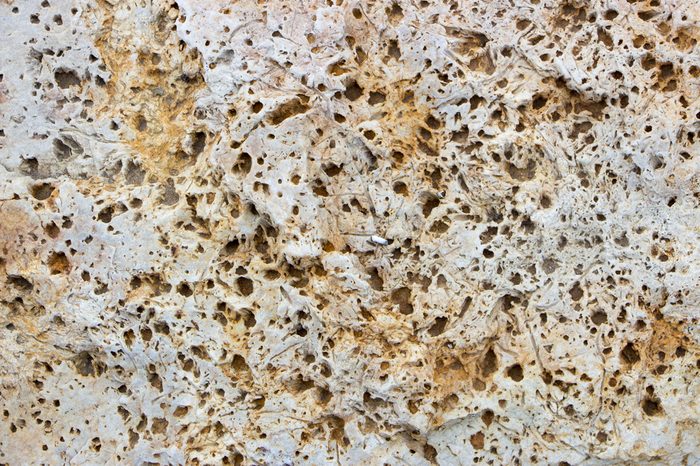
It’s been raining a long time
Scientists have discovered fossils containing indentations of raindrops dating back as far as 2.7 billion years ago. According to Scientific American, the early liquid rain fell on layers of ash from volcanic eruptions, and then more ash fell on top, preserving the miniature craters from the raindrops. Interestingly, it was erosion created by more rain that exposed the rain fossils for modern study. Next, learn some fascinating facts you never knew about thunderstorms.
